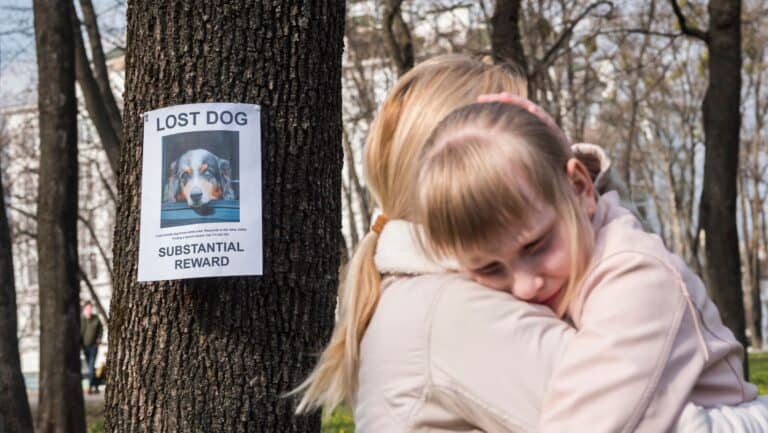12 Surprising Spring Traditions from Around the World (You’ve Probably Never Heard Of)
Spring is a season celebrated worldwide as a time of renewal, growth, and vibrant energy. Across different cultures, this spirit of rejuvenation inspires a fascinating array of traditions that range from colorful festivals to quirky rituals. From Poland’s Smigus-Dyngus ceremony celebrating fertility to the exuberant water fights of Thailand’s Songkran Festival, these surprising spring customs reveal how deeply the changing season is woven into human culture. Join us on a global journey to discover some of the most unique and unexpected ways communities welcome spring’s arrival.
1. Songkran Water Festival – Thailand
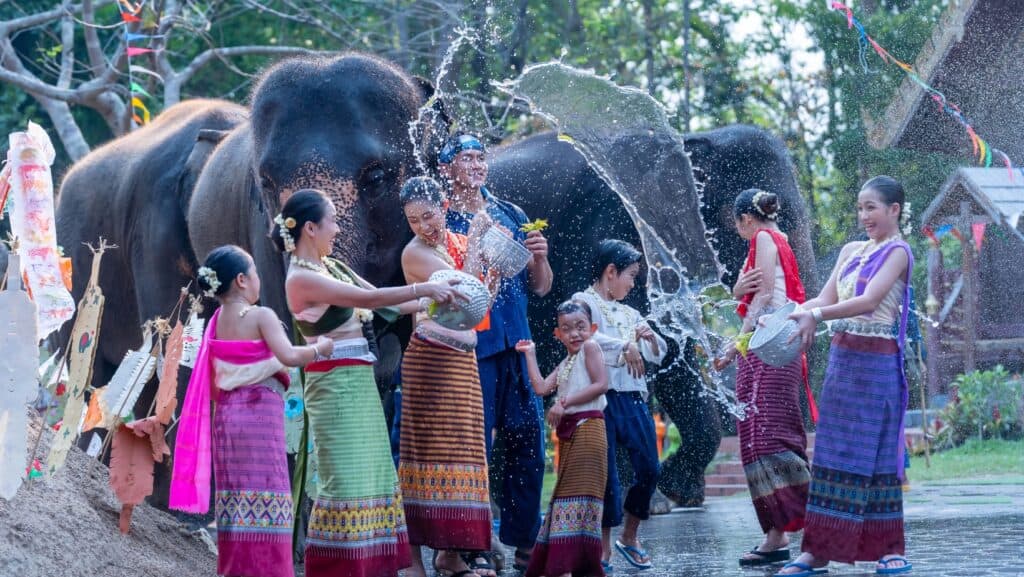
In Thailand, the Songkran festival marks the traditional New Year and the arrival of spring. Celebrated from April 13 to 15, it involves joyous water fights in the streets, symbolizing purification and the washing away of sins and bad luck. Originally a gentle ritual of pouring water over elders’ hands, it has evolved into a nationwide celebration attracting locals and tourists alike.
2. Holi – India
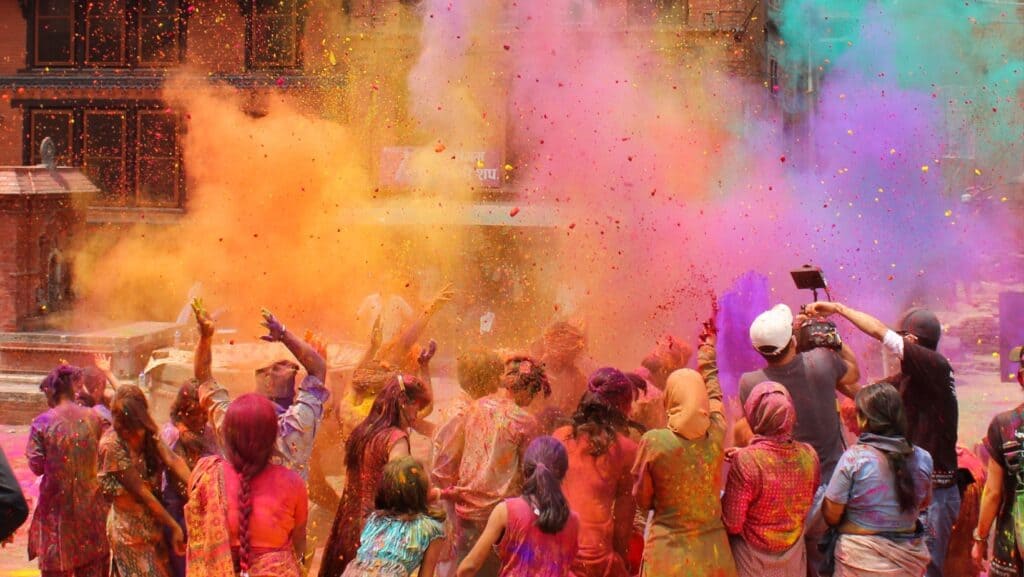
Holi, known as the “Festival of Colors,” is celebrated across India to welcome spring. Participants throw vibrant colored powders and water at each other, dance, and enjoy festive foods. The festival signifies the victory of good over evil and the arrival of spring’s warmth and joy.
3. Nowruz – Iran and Central Asia
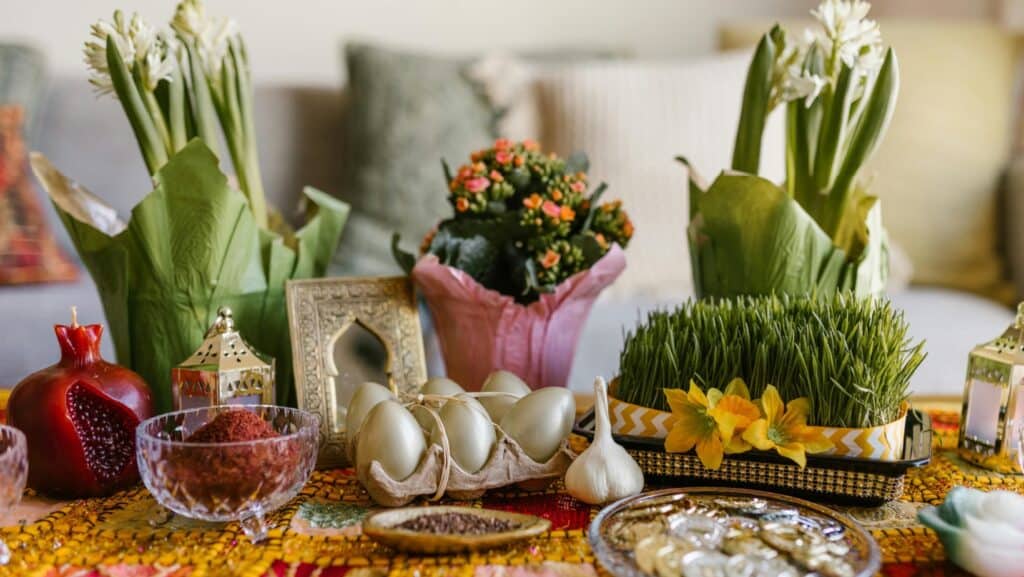
Nowruz, meaning “new day,” is the Persian New Year celebrated on the spring equinox. This ancient festival includes cleaning homes, visiting relatives, and preparing a Haft-Seen table with seven symbolic items starting with the Persian letter ‘S.’ Nowruz emphasizes themes of renewal, love, and respect.
4. Egg Tapping – Bulgaria
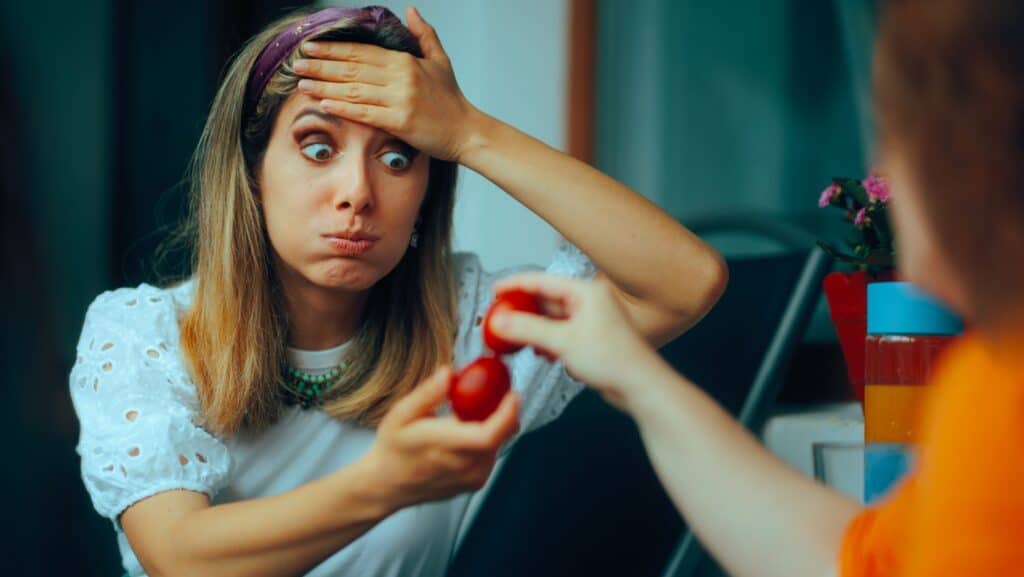
In Bulgaria, Easter celebrations feature an egg-tapping game where individuals tap hard-boiled eggs against each other. The person whose egg remains uncracked is believed to have good health and luck for the year. The first egg dyed is traditionally red and kept until the next Easter for good fortune.
5. Dita e Verës – Albania
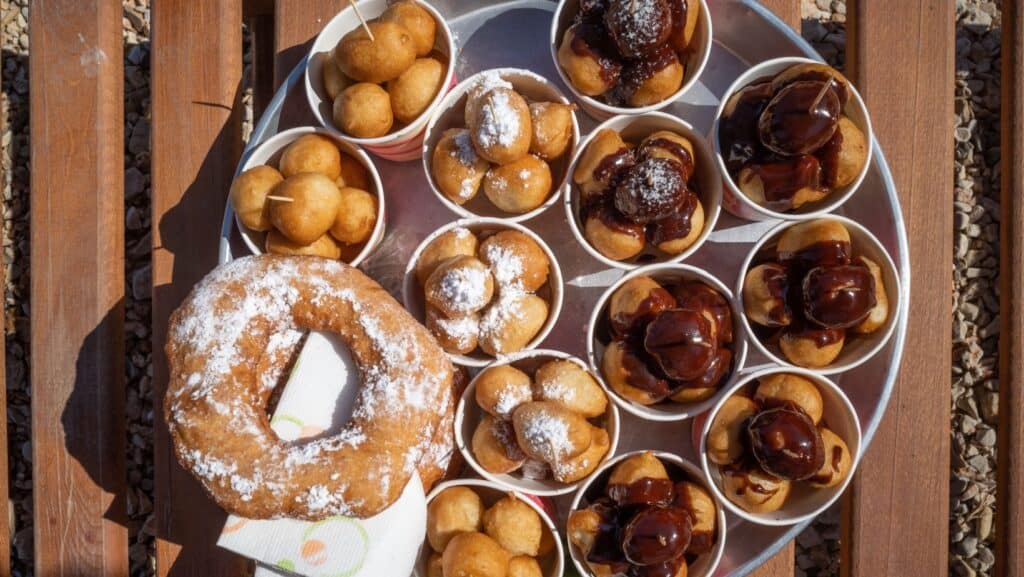
Dita e Verës, or “Summer Day,” is celebrated on March 14 in Albania to mark the end of winter and the beginning of spring. Festivities include preparing traditional sweets like ballakume, lighting bonfires, and spending time outdoors with family and friends. The holiday has pagan roots and symbolizes renewal and prosperity.
6. Martisor – Romania and Moldova
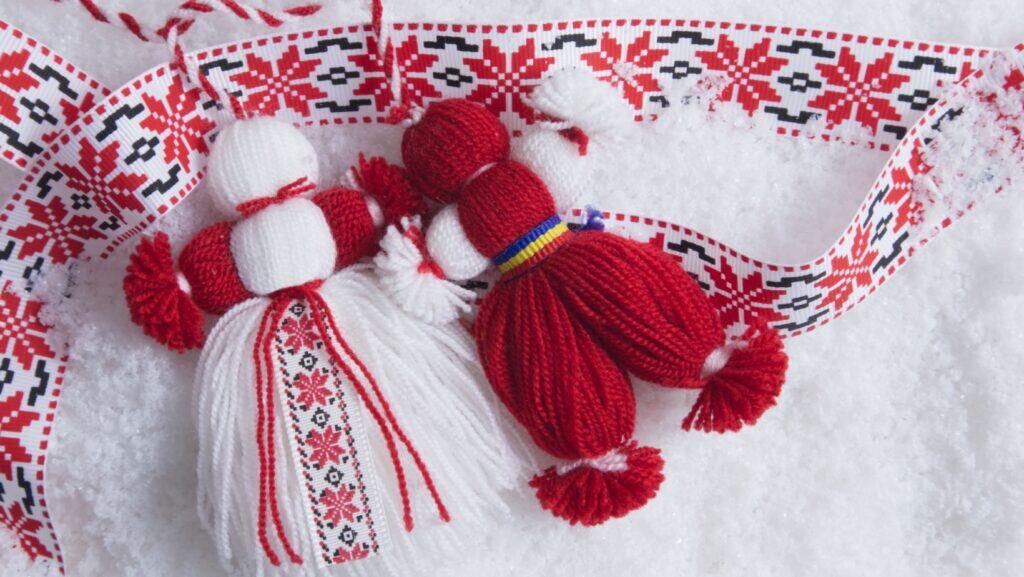
On March 1, people in Romania and Moldova celebrate Martisor by exchanging red and white strings tied in a bow, often attached to a small trinket. These are worn throughout March to bring health and happiness and are later tied to blossoming trees, symbolizing the arrival of spring.
7. White House Easter Egg Roll – USA
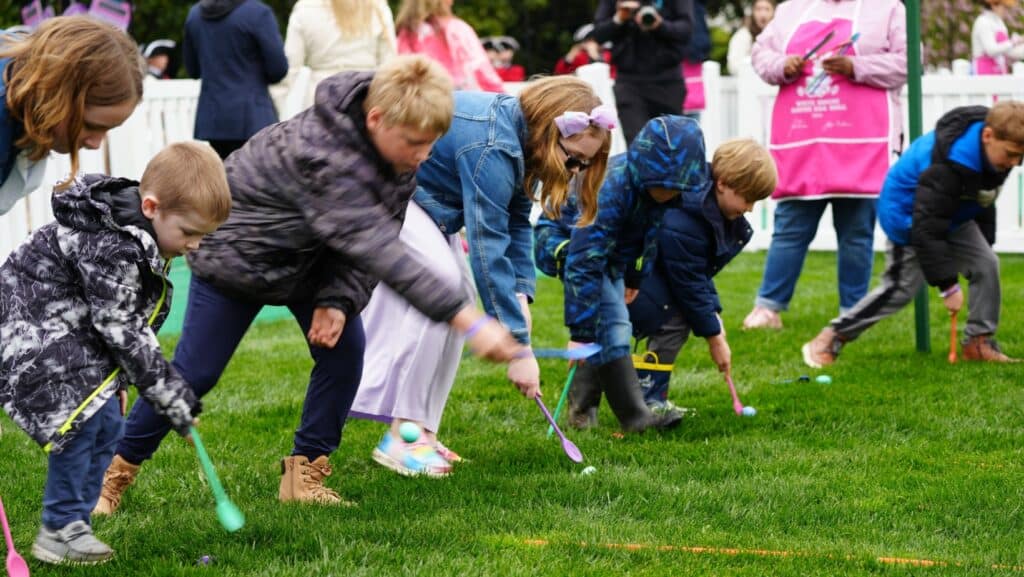
The White House Easter Egg Roll is an annual event held on the White House lawn, where children roll decorated eggs across the grass using wooden spoons. Dating back to 1878, this tradition includes storytelling, live music, and visits from the Easter Bunny, celebrating Easter and the onset of spring.
8. Walpurgis Night – Central and Northern Europe
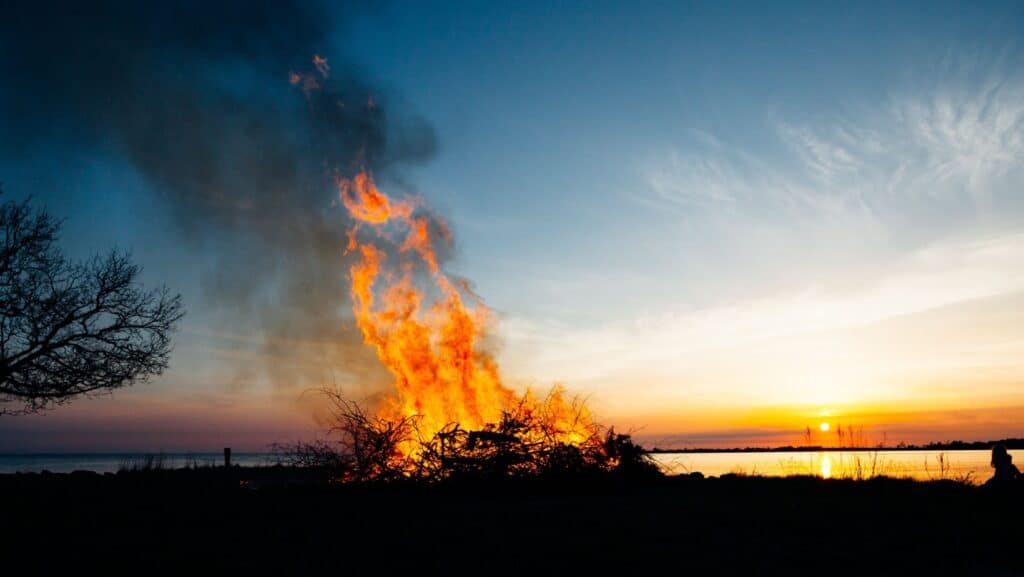
Walpurgis Night, celebrated on April 30, is observed in countries like Germany, Sweden, and Finland. It involves lighting bonfires, singing, and dancing to ward off evil spirits and welcome spring. The festivities have roots in pagan traditions and are associated with the arrival of warmer weather.
9. Smigus-Dyngus – Poland
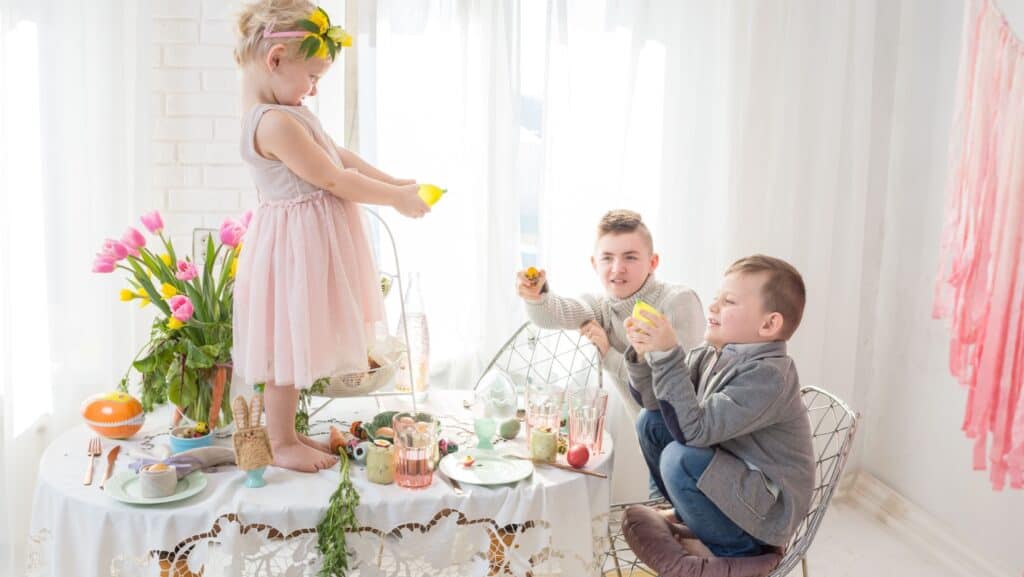
Smigus-Dyngus, or Wet Monday, is celebrated on the Monday after Easter in Poland. People playfully splash water on each other, a tradition that symbolizes cleansing, fertility, and the arrival of spring. The custom is especially popular among young people and has become a fun, nationwide celebration.
10. May Day – Various Countries
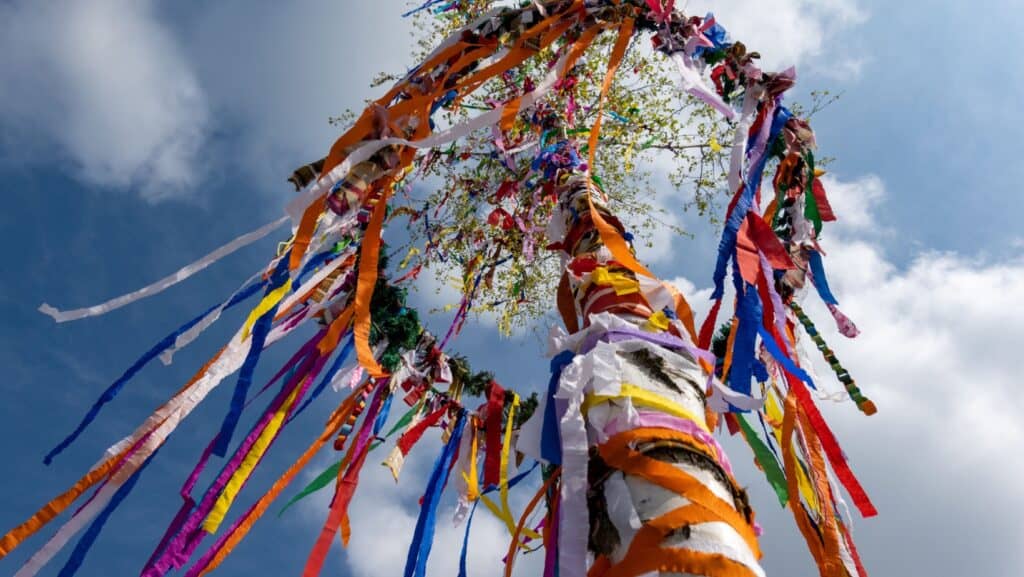
May Day, observed on May 1, is celebrated in many countries with traditions like dancing around the maypole, crowning the May Queen, and gathering flowers. In the Czech Republic, couples kiss under blooming trees for good luck, while in France, people give lily-of-the-valley flowers to loved ones as a token of appreciation and to welcome spring.
11. Teotihuacán Spring Equinox – Mexico
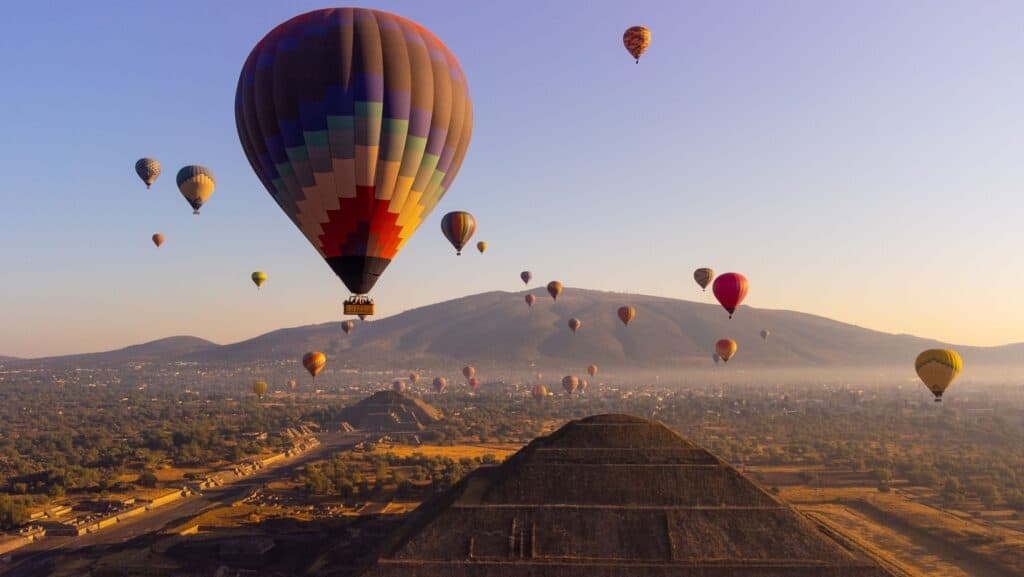
At the ancient city of Teotihuacán in Mexico, thousands gather during the spring equinox to celebrate the sun’s return. Dressed in white, participants climb the Pyramid of the Sun and raise their arms to absorb positive energy, marking the renewal and balance that spring brings.
12. Land Diving – Vanuatu
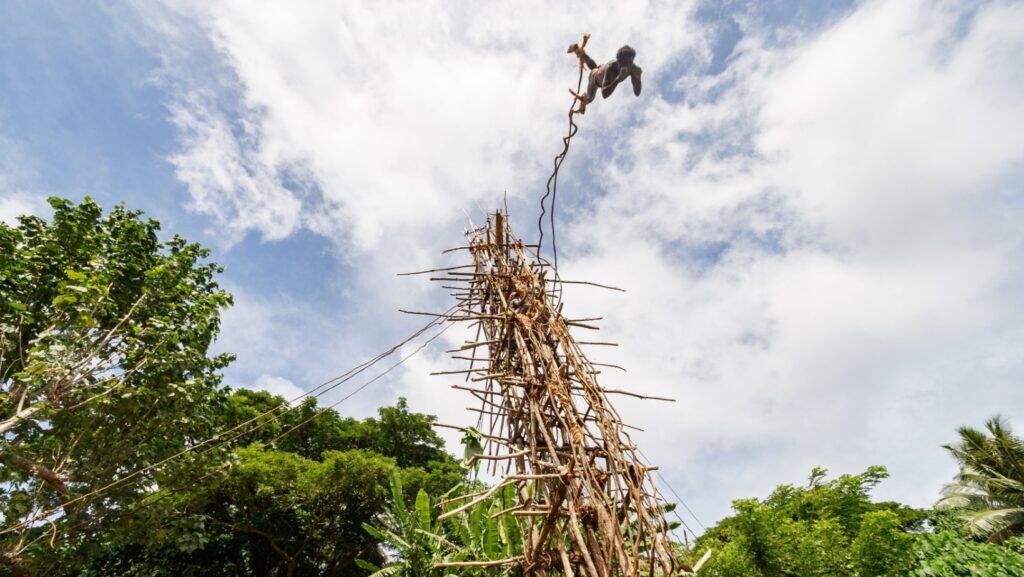
On Pentecost Island in Vanuatu, the Land Diving ceremony is performed by men who leap from tall wooden towers with vines tied to their ankles. This ritual, considered a precursor to modern bungee jumping, is conducted in spring to ensure a bountiful yam harvest and is a rite of passage for young men.
The Takeaway

These surprising spring traditions from around the world showcase the rich tapestry of cultural expressions tied to the season of rebirth. Whether it’s sharing scrambled eggs by a river in Bosnia, parading floral floats in the Netherlands, or exchanging red-and-white bracelets in Bulgaria, each custom reflects a unique way people honor the transition from winter’s chill to spring’s warmth. Exploring these diverse celebrations not only highlights the creativity and spirit of different cultures but also reminds us of the universal human desire to embrace new beginnings and the promise of growth.
Don’t Embarrass Yourself Abroad: 12 Key Place Names You Should Pronounce Correctly

Don’t embarrass yourself on your next trip—learn these before you go!
There’s nothing like confidently asking a local for directions—only to have them stare at you blankly because you butchered the name of their hometown. Mispronouncing a destination isn’t just a minor faux pas; it can lead to confusion, miscommunication, and even a few chuckles at your expense. But don’t worry, we’ve all been there.
READ: Don’t Embarrass Yourself Abroad: 12 Key Place Names You Should Pronounce Correctly
Join Us
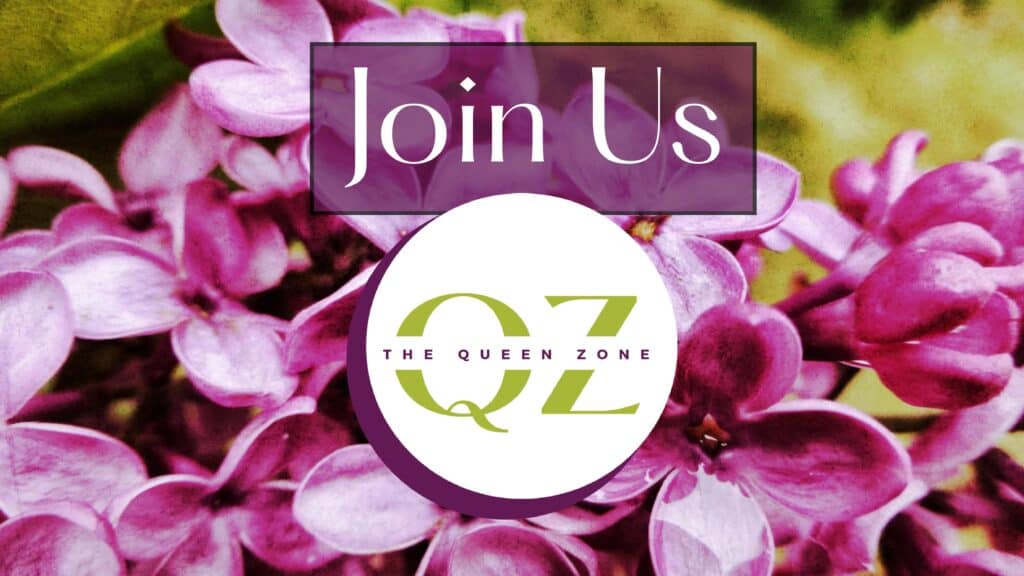
Join us on this empowering journey as we explore, celebrate, and elevate “her story.” The Queen Zone is not just a platform; it’s a community where women from all walks of life can come together, share their experiences, and inspire one another. Welcome to a space where the female experience takes center stage. Sign up for our newsletter so you don’t miss a thing, Queen!






